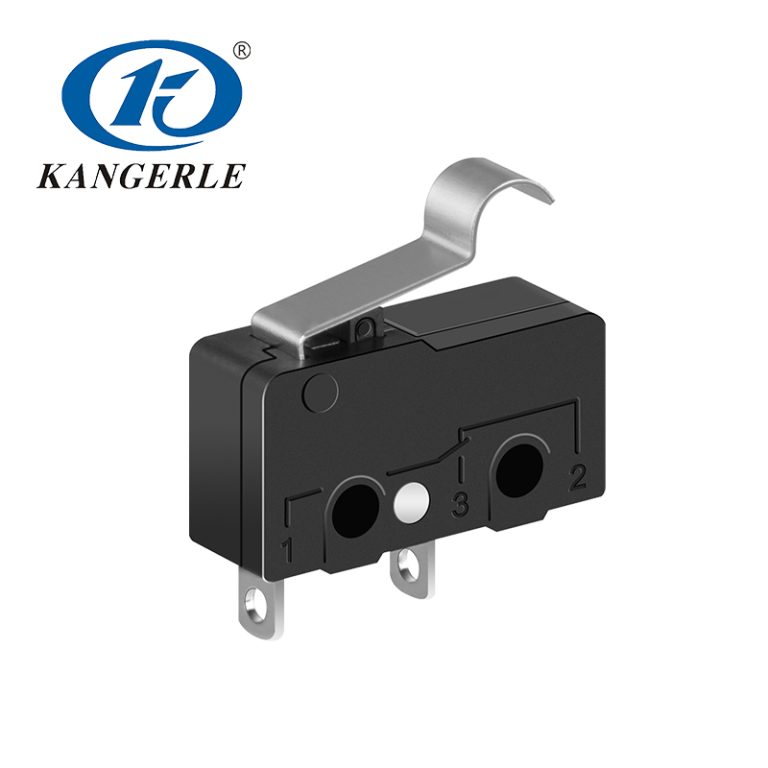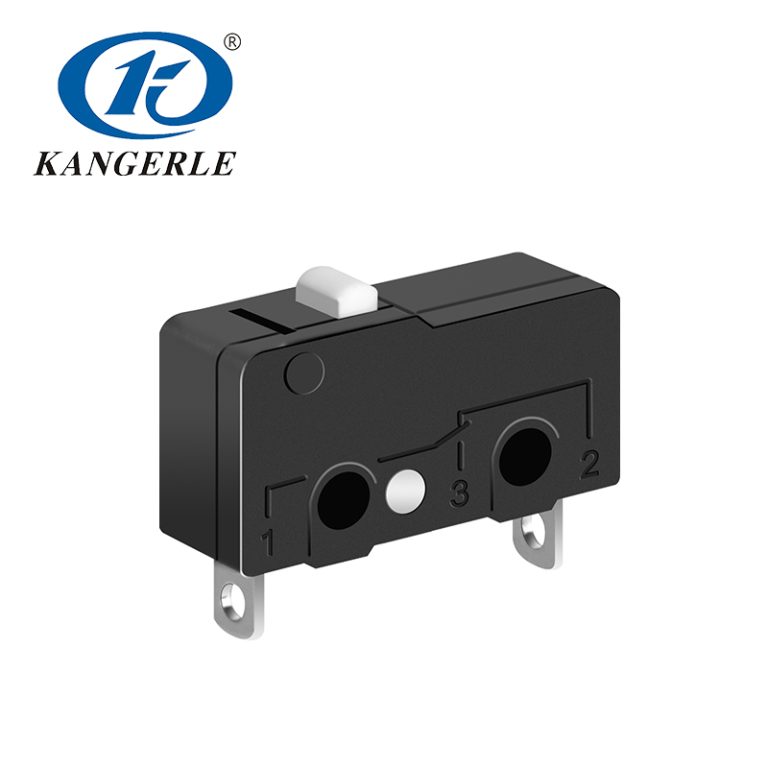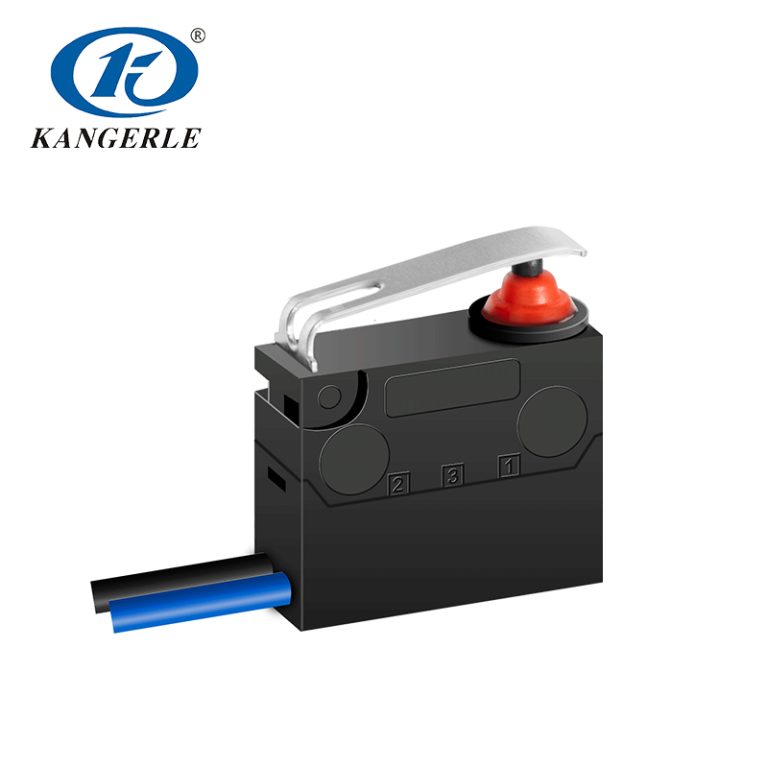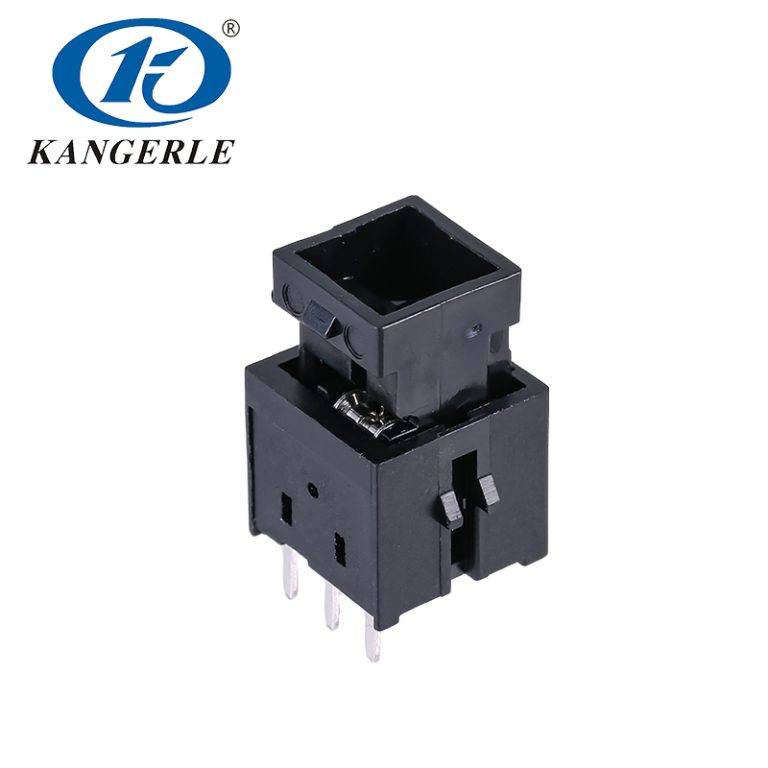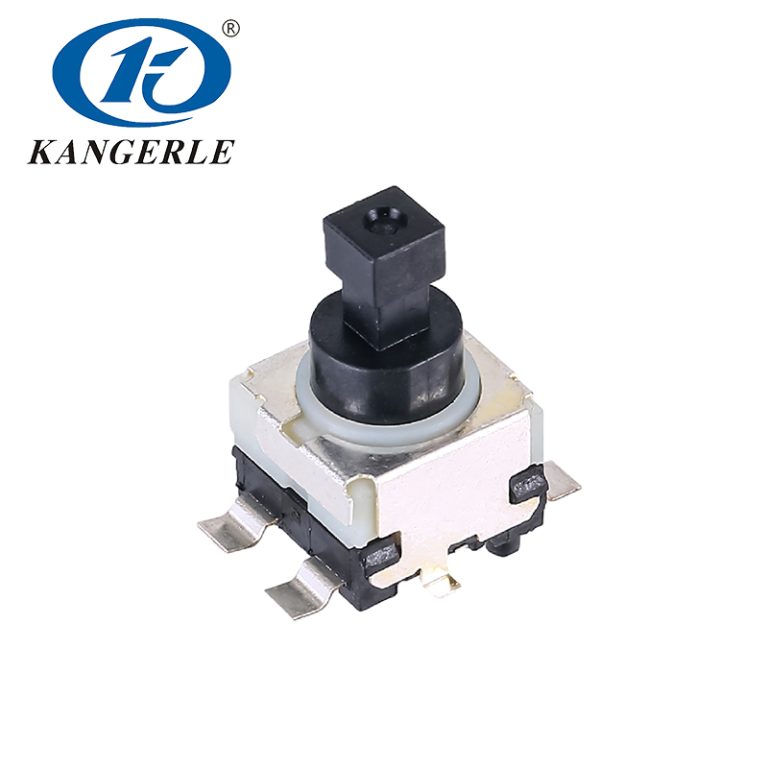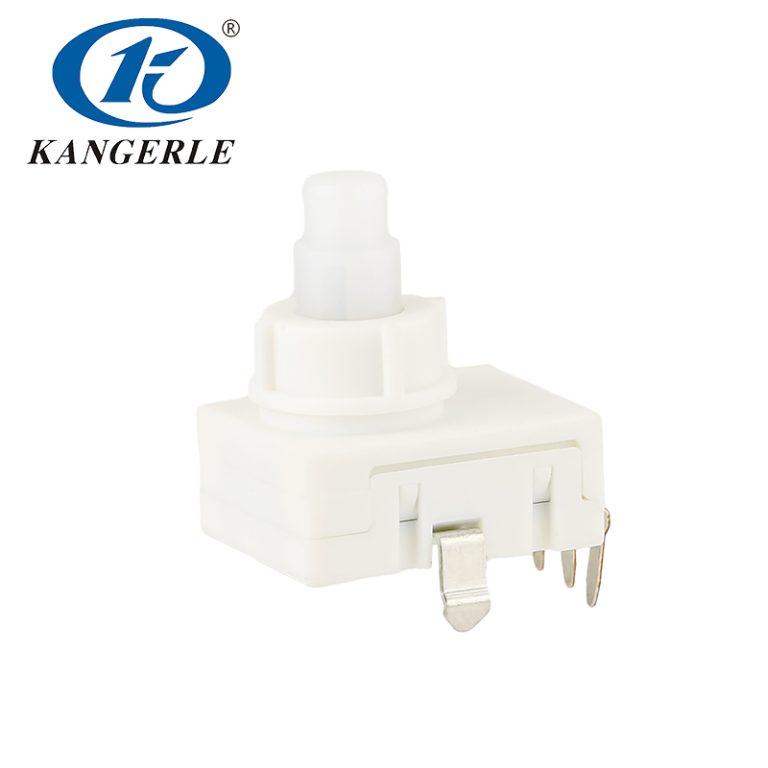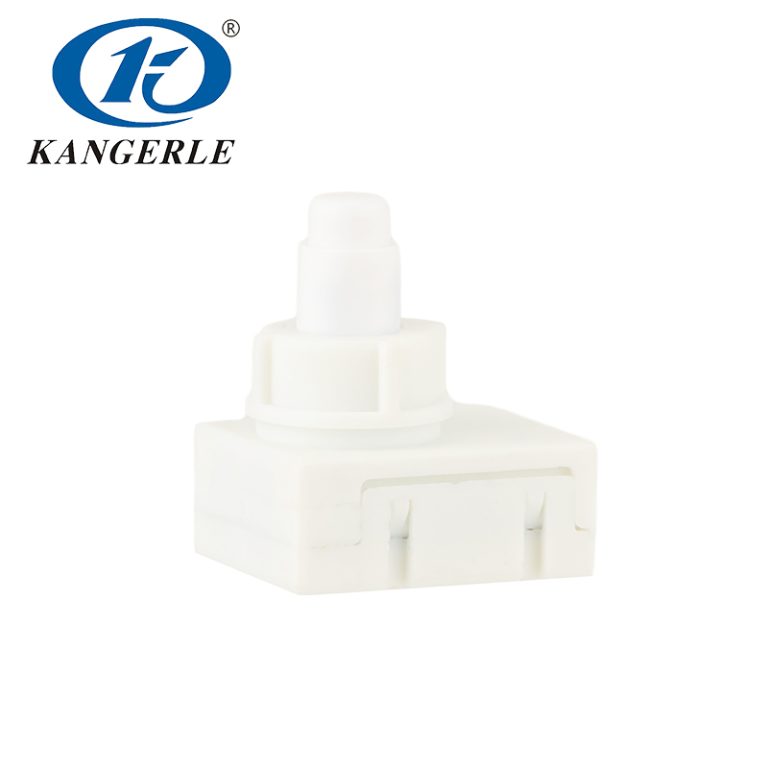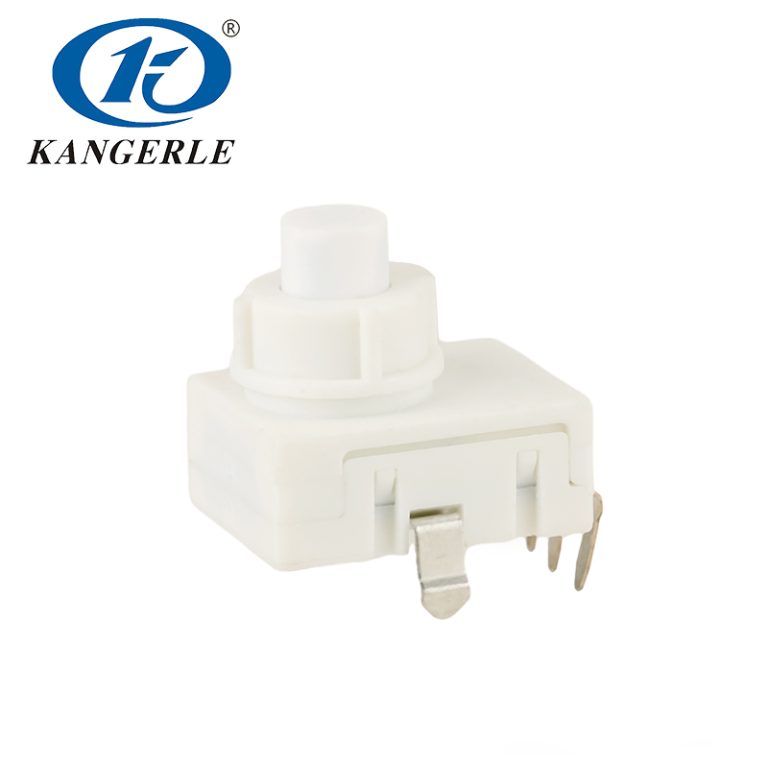Selecting the appropriate keyboard switch is crucial for enhancing your overall computing experience. It significantly influences your typing efficiency and comfort, making it vital for both casual users and professionals. Choosing the wrong type can lead to discomfort and hinder productivity, whereas the right switch can contribute to your performance and satisfaction at work or during gaming sessions.
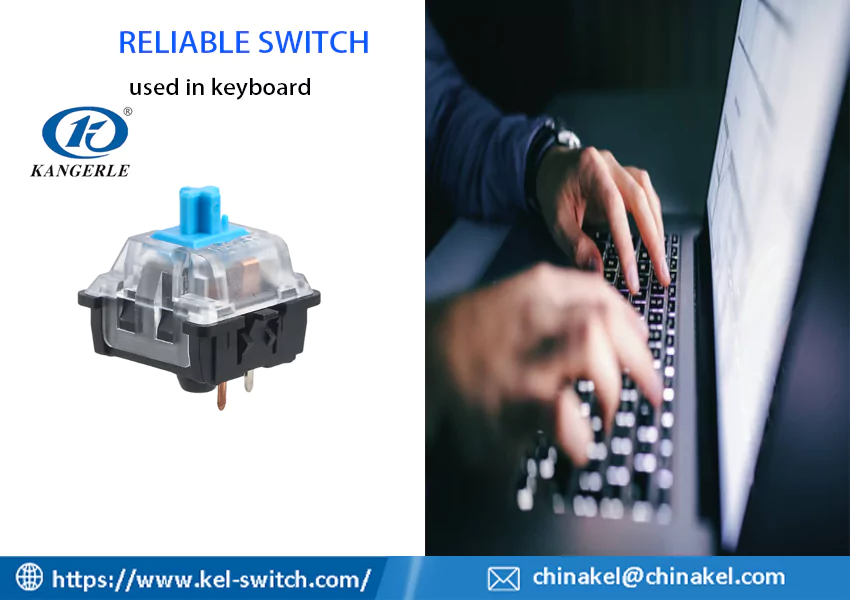
The Impact on Typing Efficiency
The design of each keyboard switch type can markedly affect your typing speed and accuracy. Mechanical keyboard switches, for example, offer distinct tactile feedback that assists in muscle memory, allowing for faster typing. Conversely, membrane switches may lead to a softer typing experience, which could slow down the input rate depending on user preference. Understanding how various keyboard switches function can help you make an informed decision to optimize your typing efficiency.
Ergonomics and Comfort
Ergonomics play a significant role in choosing the right keyboard switch. Certain switches are designed to minimize strain, making them more suitable for long-term use. Mechanical switches, while robust, can sometimes lead to finger fatigue or wrist strain if you’re not accustomed to their action. In comparison, membrane switches offer a softer touch and might provide a pleasant experience for casual typing. Determining the best fit for your hands is critical for ergonomic comfort during extensive typing sessions.
What are Mechanical Keyboard Switches?
Mechanical keyboard switches are well-known for their durability and tactile response. They comprise individual switches for each key, which can greatly enhance your typing experience. The characteristics of these switches vary widely, with options ranging from linear to tactile and clicky types, catering to different user preferences.
How Do Mechanical Switches Work?
Mechanical switches operate through a physical mechanism where you press a keycap down, and the actuator within the switch completes the circuit, registering the keystroke. The variety in these mechanisms explains the differences between switch types, allowing users to choose a switch that fits their typing style. This precision provides users with satisfying feedback, adding an enjoyable element to both work and play.
Advantages of Mechanical Switches
The advantages of mechanical switches are numerous. Their robust build quality leads to longevity, often lasting for millions of key presses. They also offer customizability; various brands, like Kangerle, provide a range of mechanical switches that adapt to your requirements. With options like the keyboard switch KEL-1560ATB, you can select features such as actuation points or switch materials, ensuring that you have a tailored typing experience. Additionally, mechanical switches can provide a more enjoyable gaming experience, particularly for competitive gamers.
What are Membrane Keyboard Switches?
Membrane keyboard switches present an alternative to mechanical switches. They consist of a thin membrane layer that registers key presses when it is fully compressed. While these keyboards often come at a lower price point, they exhibit different characteristics that may not suit every user.
Functionality of Membrane Switches
The primary function of membrane switches lies in their simplicity. Unlike mechanical keyboards, they do not feature individual components for each key but rather depend on conductive traces within the membrane. When pressed, these switches create a specific circuit, registering the keystroke. While this design reduces production costs, it can also result in key presses that feel less responsive.
Pros and Cons of Membrane Keyboards
Membrane switches have their own set of advantages and disadvantages. They are often quieter and lighter than mechanical switches, providing a more discreet typing experience. However, some users may find the lack of tactile feedback a disadvantage, which can lead to typing errors. Additionally, while they may be more affordable, they tend to wear out more quickly than their mechanical counterparts. Opting for a membrane keyboard may suit casual users but could disappoint those seeking longevity and efficiency.
In conclusion, selecting the right keyboard switch can profoundly affect your enjoyment and productivity at your computer. Whether you prefer the robust nature of mechanical switches or the lightweight design of membrane switches, understanding their unique characteristics helps you make an informed choice. Kangerle, with its innovative ODM solutions, continues to offer a range of products to meet your needs. Explore your options, like the keyboard switch KEL-1560ATB, and enhance your typing experience today.
Which Type is Right for You?
Choosing the right keyboard switch is crucial for achieving optimal performance in your computing tasks. Various factors influence this selection process, enabling users to find the switch that aligns with their specific requirements and preferences. By paying attention to the characteristics of keyboard switches, you can elevate your typing experience, whether you’re gaming, programming, or simply typing documents.
Factors to Consider When Selecting a Switch Type
When examining keyboard switches, several key factors emerge that can significantly affect your overall experience.
Actuation Force Explained
Actuation force is a fundamental element to consider when choosing your keyboard switch. This term refers to the amount of pressure required to register a keystroke. Switches often require different actuation forces, and understanding your preferences can contribute to a better typing experience. A lighter switch might be suitable for fast typists who prefer to minimize strain, while a heavier switch may offer the necessary resistance for those who value precision and tactile feedback.
The Role of Audio Feedback
Audio feedback is another aspect that can alter your perception of the keyboard’s performance. Different keyboard switches provide varying levels of sound when a key is pressed. For instance, clicky switches produce a distinct sound, which can offer both satisfaction and performance cues during use. On the other hand, silent switches aim to provide a quieter experience, which may be beneficial in shared environments. Evaluating the audio feedback can help you determine which switch type fosters your ideal typing atmosphere.
User Profiles: Gamer vs. Typist vs. Programmer
The ultimate decision should also consider your specific use case, be it gaming, typing, or programming. Each user profile carries distinct requirements and preferences that greatly influence switch choice.
- Gamers often benefit from rapid response times and a tactile feedback, making mechanical switches a popular choice. The tactile and clicky types can enhance the gaming experience by providing clarity in each keystroke, leading to a satisfying gaming performance.
- Typists may prioritize comfort and ease during extended use. For them, selecting a switch with an optimal actuation force, coupled with tactile feedback, can enhance typing speed and accuracy, ensuring a pleasant typing session.
- Programmers often require a balance between tactile feedback and low noise levels, aiming for efficiency without causing distractions. A linear switch may serve them well, as it allows for quiet, fluid key presses conducive to long coding sessions.
Kangerle Mechanical Keyboard Switches
Kangerle presents a broad range of mechanical keyboard switches to meet various user preferences and applications. Known for their innovative designs and superior engineering, Kangerle’s keyboard switches focus on durability and performance. Additionally, they offer customization via their ODM solutions, allowing clients to tailor products to their specific needs. By collaborating with Kangerle, you can ensure that your keyboard features the switch type that optimally adjusts to your unique requirements.
Highlighted Product: KEL-1560ATB
The KEL-1560ATB keyboard switch is one of Kangerle’s notable products, combining advanced features and exceptional performance. Designed for high responsiveness, this mechanical switch embodies the best practices in the industry, ensuring precision with every keystroke. Its actuation force and tactile feedback are engineered to suit both gamers and typists, providing flexibility across different types of users. With its longevity and reliability, the KEL-1560ATB is an excellent purchase for anyone looking to enhance their keyboard experience.
Are You Looking for Custom Solutions? Consider ODM with Kangerle!
If you require a custom keyboard switch or specific modifications, Kangerle’s ODM service offers robust solutions. Through this service, you can work closely with Kangerle to craft a switch that meets your exact specifications. This approach enables greater flexibility in designs, allowing you to focus on critical areas such as actuation force, switch type, and even audio feedback preferences.
When you choose the ODM service, you are not only getting a keyboard switch tailored to your needs but also establishing a partnership with a trusted manufacturer. Kangerle has dedicated itself to improving customer satisfaction by consistently delivering high-quality products. By seeking custom solutions, you can ensure that your keyboard switch truly enhances your computer interaction experience.
In summary, the selection process for the right keyboard switch encompasses numerous factors, from actuation force and audio feedback to your specific usage style. Offering a variety of options, Kangerle stands out with products like the KEL-1560ATB, giving users a chance to enhance their typing experiences significantly. If custom solutions are on your mind, Kangerles ’switch allow for innovative and personalized approaches tailored directly to your needs. Explore the possibilities and find that perfect keyboard switch that meets your demands.

